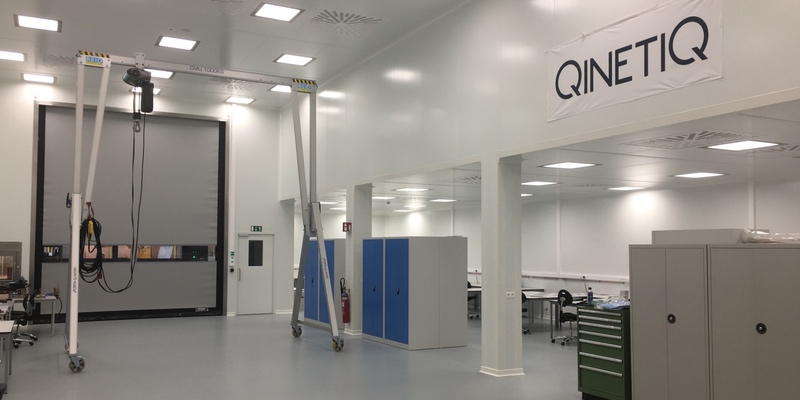QinetiQ Space has opened its new cleanroom in Kruibeke, Belgium. Belgian astronaut Frank De Winne, the first European commander of the International Space Station, opened the €3 million (US$3.35m) facilities.
"It is a pleasure to be here today and get to see first-hand the new facilities from QinetiQ," said De Winne at the opening. "It's certainly a step forward for the company that will create benefits not only for QinetiQ, but I hope for the entire European Space community. At ESA, we look forward to keeping working with QinetiQ in our actual and future projects."
QineticQ Space was formed when the British QinetiQ acquired Belgium's R&D company Verhaert Space. The firm now operates six locations in Europe and specialises in systems integration, primarily for ESA projects, including the Proba satellites.
The Belgian company designs and delivers versatile, small satellites and advanced subsystems, such as the International Berthing and Docking Mechanism (IBDM), a spacecraft docking system that is being developed with ESA.
Satellites and docking systems
QineticQ Space is investing in new integration and test facilities for the production of satellites and docking systems to support future growth in the aerospace and commercial markets.
The new cleanroom environment provides conditioned, purified air at an overpressure to ensure that even when the doors are opened, normal air is unable to enter the facility.

The new QinetiQ Space cleanroom
"I am delighted and excited to see the opening of the cleanroom as it is an important investment in our space capability," said Jim Graham, Managing Director for QinetiQ's Space business. Graham explained the new area also includes a laboratory and an innovative robotic facility that has the capability to simulate all possible docking (union) cases between a space vehicle and the International Space Station.
The new facility complies with process specifications and requirements for the manufacture of space equipment and is large enough to support the production of several satellites and docking stations.
